Simple Machines Study Guide
A machine can be defined as any tool that makes work easier.
They can be complex or simple.
There are six kinds of simple machines.
Wedge:
A wedge is an object with at least one slanting side ending in a sharp edge, which cuts material apart.
Wheel and Axle:
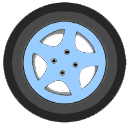
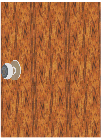

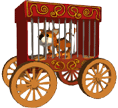
It is a simple machine that consists of a wheel with a rod through its center.
If the wheel turns, so does the axle. If the axle turns, so does the wheel.
Inclined plane:
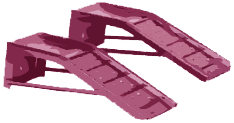
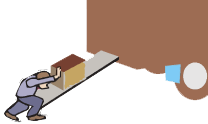
An inclined plane is a slanted surface, like a ramp, that connects one level to a higher or lower level. It is used to move heavy items up or down.
You must be knowing that it takes a lot of effort to lift a heavy object straight up, if that object is pushed up on the ramps much less force is required.
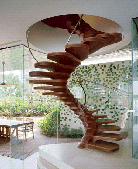
Inclined planes do not always have a smooth surface. They can be a set of platforms that gradually get higher.
Stairs are a kind of inclined plane, because they allow us to move along a slanted surface to go to a higher or lower level.
Pulley:
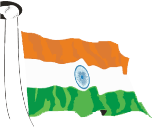
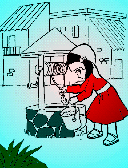
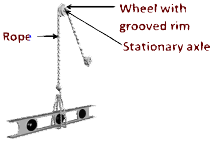
A Pulley is a wheel that is grooved so a rope can fit around it.
Pulleys allow us to move objects up, down, or sideways with very little effort.
The more pulleys you add, the less work you have to do to move the object.
Screw:
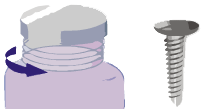
A Screw is an inclined plane wrapped around a pole which holds things together or lifts materials.
If a screw is placed against a piece of wood and turned, the inclined plane will dig deeper and deeper into the wood.
Even a lid of a jar is an example of a screw where the grooves in the lid fit around the rim of the jar to screw it into place.
Lever:
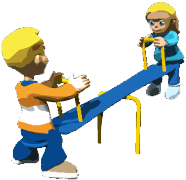
A lever can be described as a straight rod that rests on a single point, like a see-saw.
Levers are used to move or lift heavy loads.
They have three parts: the load, the fulcrum, and the effort.
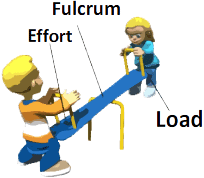
The support that the lever rests on is called the fulcrum. You must have seen see-saw in the play ground. In a see-saw, the fulcrum is in the middle.
The person pushing off the ground represents the effort. He is applying energy to make the see-saw move.
The person being lifted on the other end of the see-saw is the load. He is the weight that is being lifted.
Class 1 levers:
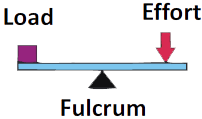
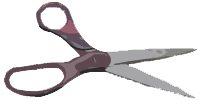
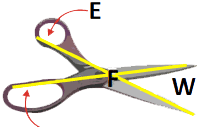
Levers in which fulcrum is located between the load and effort are called Class 1 levers.
Class-2 Levers:
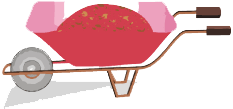
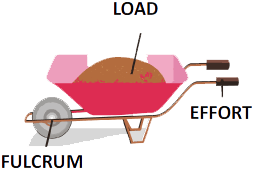
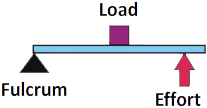
Levers in which the load is located between the fulcrum and the effort are called Class 2 levers.
Class 3 Levers:
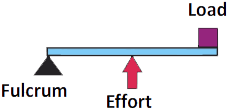
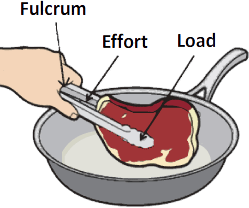
Levers in which the effort is located between the fulcrum and the load are called Class 3 levers.